Tggl BlogSoftware development best practices

How QA teams use Tggl to test in production safely
No matter how much effort goes into staging environments, testing in production is sometimes unavoidable. See how QA teams use Tggl to test in production safely.

How to remove old feature flags without breaking your code
Lifecycle management of feature flags is crucial for maintaining a clean codebase. In this post, we explore how to safely remove old feature flags without breaking your code.

How to integrate feature flags into your CI/CD pipeline for safer, faster releases
CI/CD pipelines have transformed how teams build, test, and deploy software, enabling faster releases and reducing human errors.

Top software release management tools for 2025: from planning to monitoring
Release management is the structured process of planning, testing, deploying, and monitoring new software versions to ensure quality and stability. Each stage of the process requires specialized tools.

Feature flags for product teams: a guide to smarter releases and experimentation
Product managers often face a familiar dilemma: you have a feature ready to go, but you’re stuck waiting on development cycles, app store approvals, or endless testing What is the solution?

From data to decisions: best analytics tools for product managers in 2025
This article will guide you through some of the best analytics tools for product managers in 2025, explaining what these tools do, why they’re useful, and how to choose the one that fits your needs
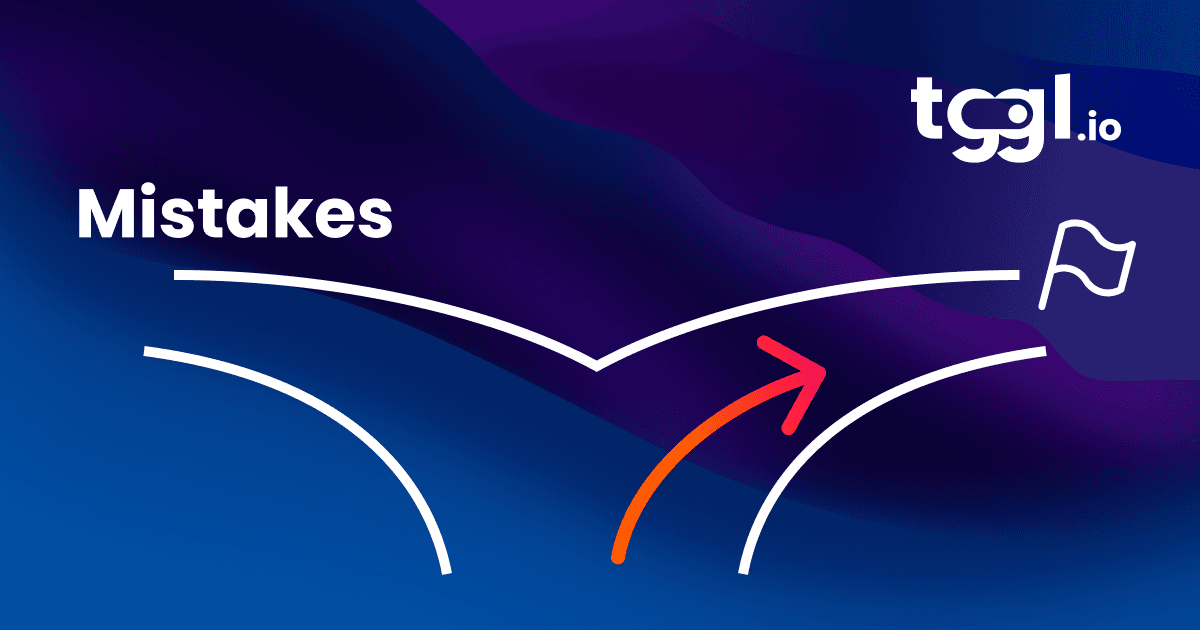
7 Feature flagging mistakes to avoid (and how to fix them)
Old flags piling up, misconfigurations breaking production, or teams stepping on each other’s toes—it’s easy to fall into these traps.

How regulated companies use Tggl for safe and compliant feature releases
For companies in regulated industries, releasing features into production is about more than just delivering updates.
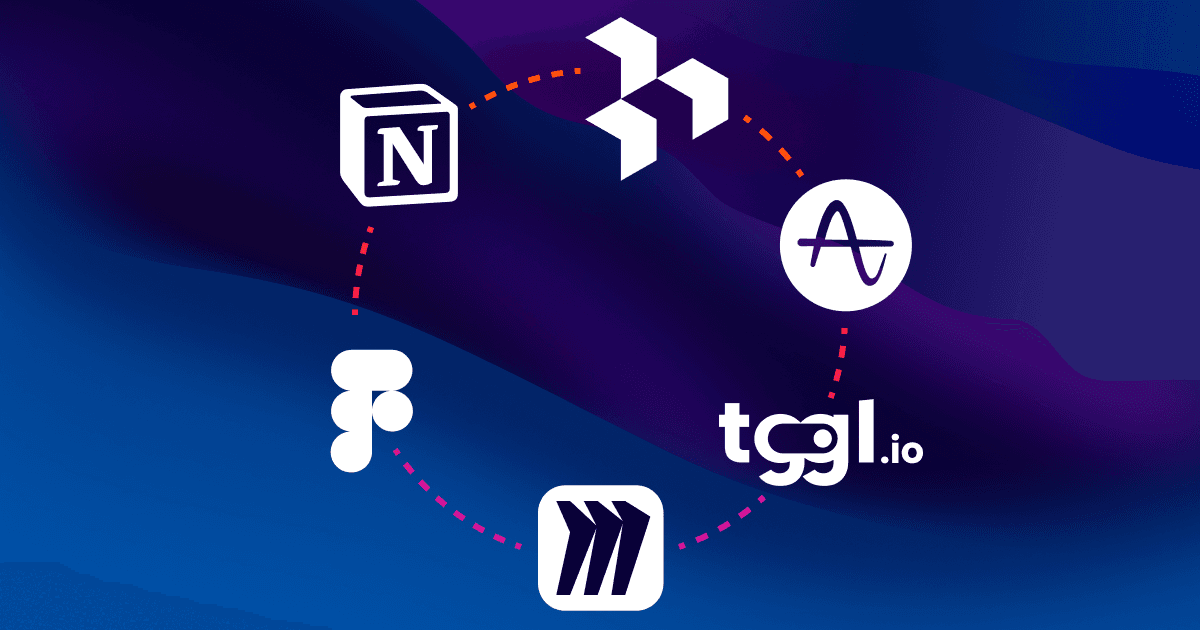
6 essential tools every product manager needs to succeed
In this article, we’ll look at six essential tools every product manager should have. From analytics to collaboration, task management to feature flagging.

DORA metrics: the key to faster, more reliable releases
In this guide, we’ll go over each DORA metric and share practical tips on how to boost them
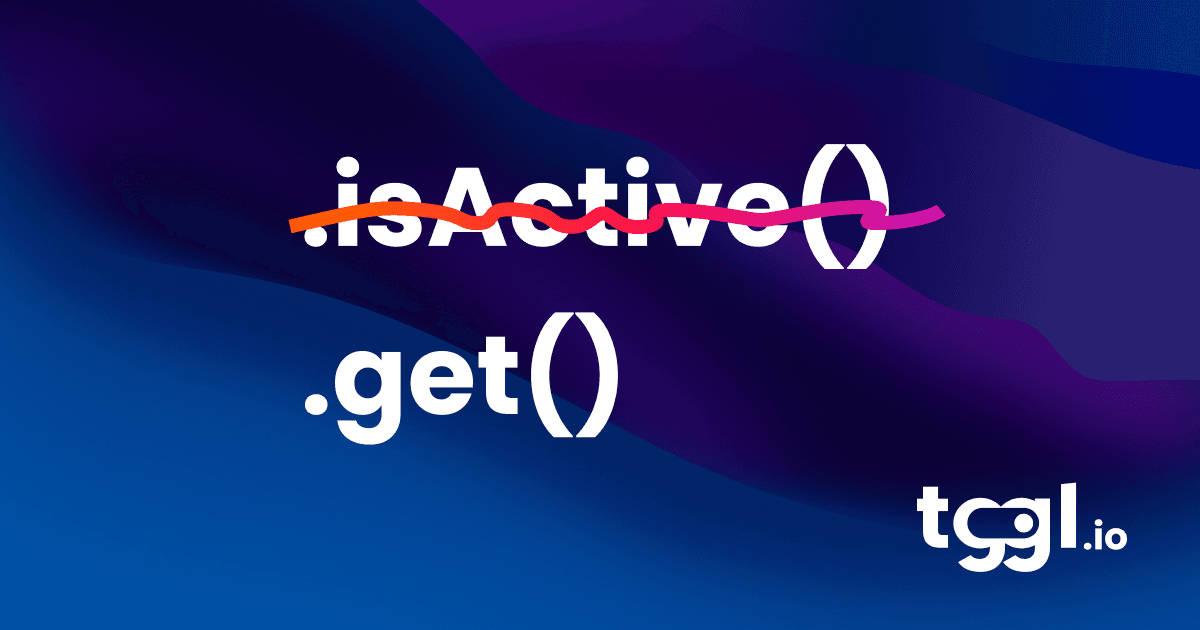
Simplifying Tggl to enforce good practices
We are kicking off a smooth transition to address a design decision we made at the very start of our journey with Tggl

Boosting deployment frequency: how to deliver features faster
In this article, we’ll explore strategies for boosting deployment frequency without sacrificing release safety

How to build an in-house feature-flag system?
A step by step guide on how to implement an in-house solution for feature flags. From simple to advanced use cases.
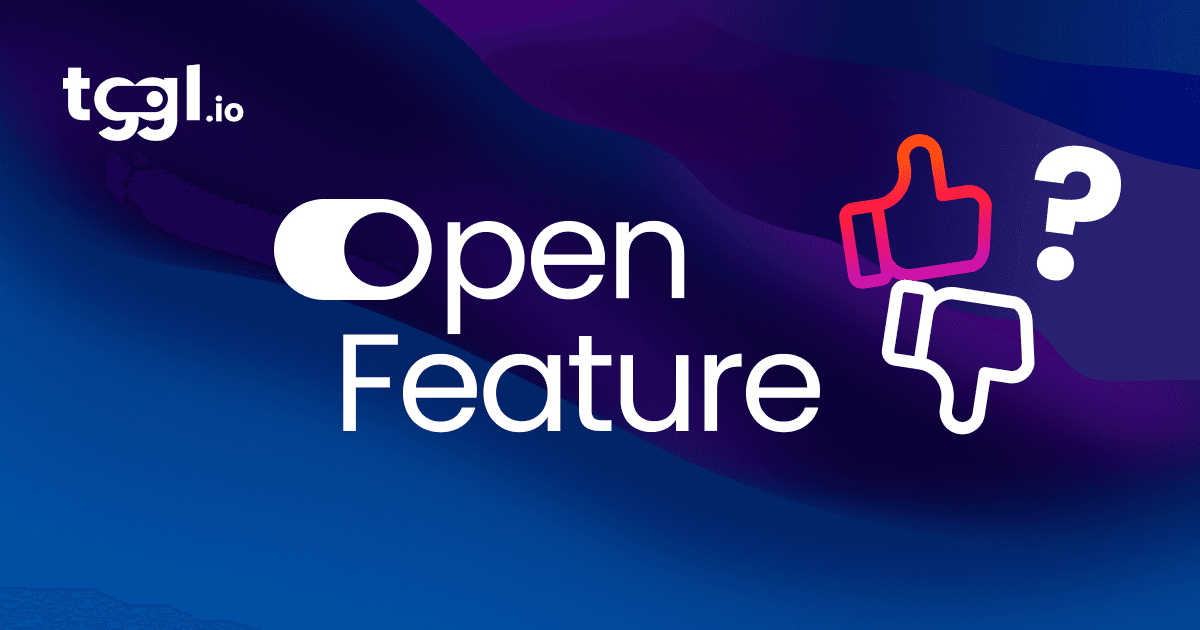
What Is OpenFeature and does it really avoid vendor lock-in?
What is OpenFeature and does it deliver on its promise to avoid vendor lock-in? In this article we take a look at the OpenFeature specification in details
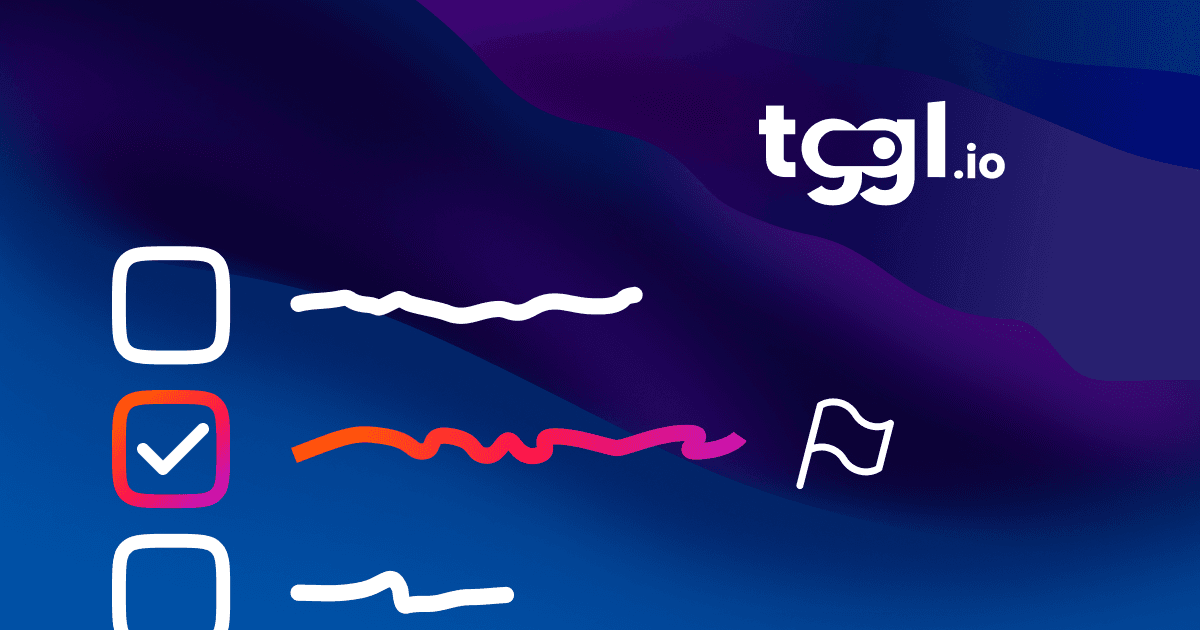
Unlock the power of feature flags: 6 best practices you need in 2025
Five effective tools to minimize bugs in production: Unit testing, staging environments, feature flags, real-time monitoring, and issue tracking
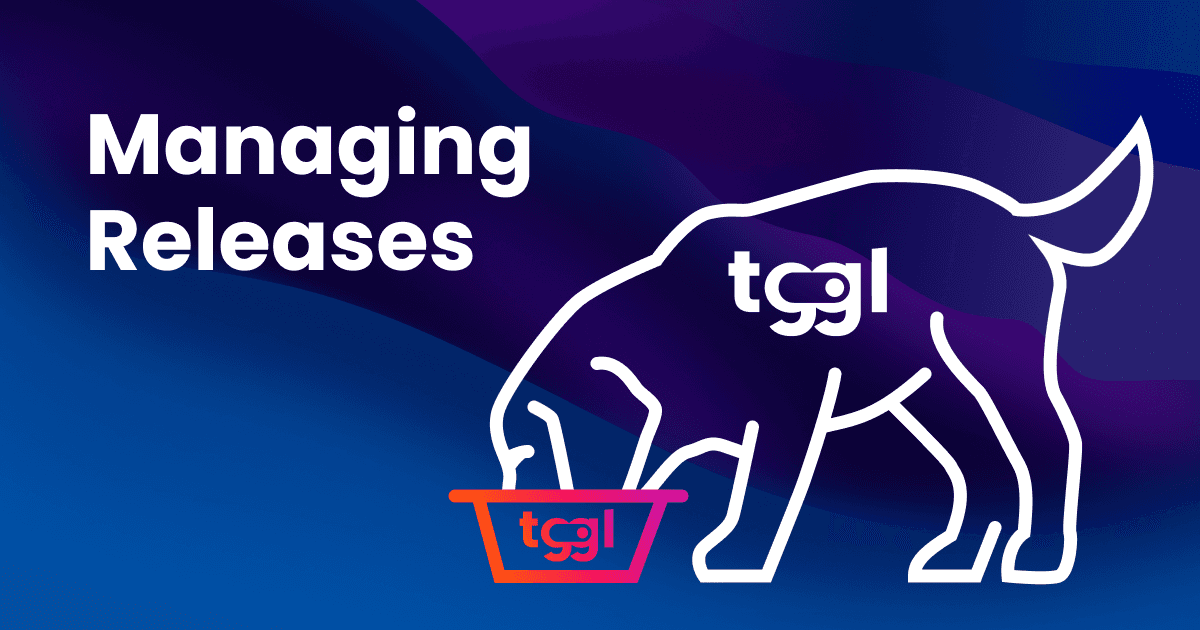
Dogfooding: How Tggl uses Tggl to release features
Releasing features is hard, a behind the curtain look at how we manage those challenges at scale at Tggl.

Feature flag evaluation methods: Remote, Local, or Proxy – what’s right for you?
Five effective tools to minimize bugs in production: Unit testing, staging environments, feature flags, real-time monitoring, and issue tracking

How to setup feature flags in React
Implementing feature flags in React: A step-by-step guide on setting up, benefits, and practical application for controlled feature rollouts
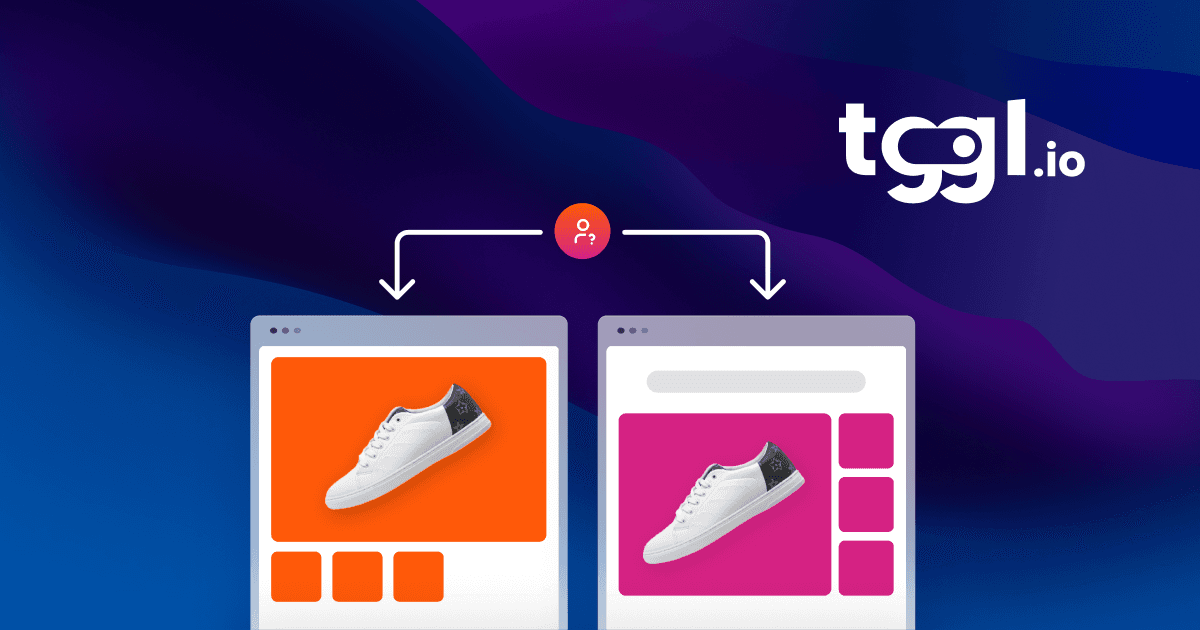
How to run an accurate A/B test experiment?
Mastering A/B testing: A comprehensive guide on conducting accurate experiments, best practices, traffic splitting, and selecting the right tools
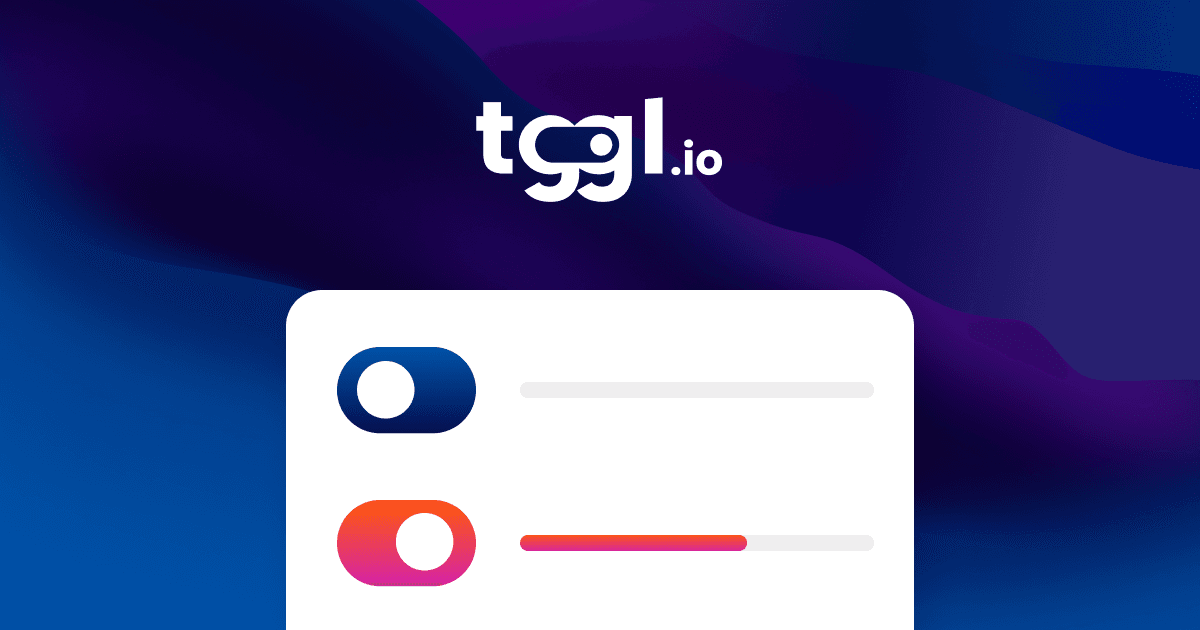
Everything you need to know about feature flags - The complete guide
Comprehensive guide on feature flags: Exploring their functionality, types, benefits, and best practices for effective implementation
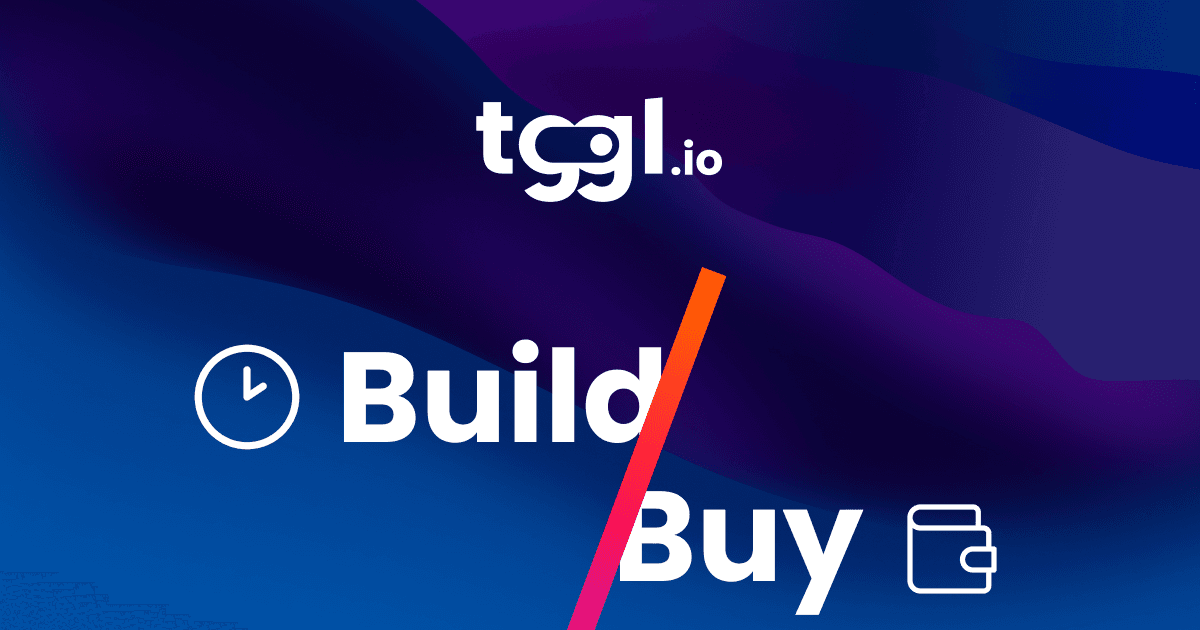
Build vs. Buy: should I build an in-house feature flags system?
Deciding between building or buying a feature flag system: Evaluating in-house development vs. off-the-shelf solutions for effective feature management

How to set up an A/B test campaign using Amplitude
Optimizing user experience with A/B testing: A detailed guide on using Amplitude and Tggl for efficient experimentation
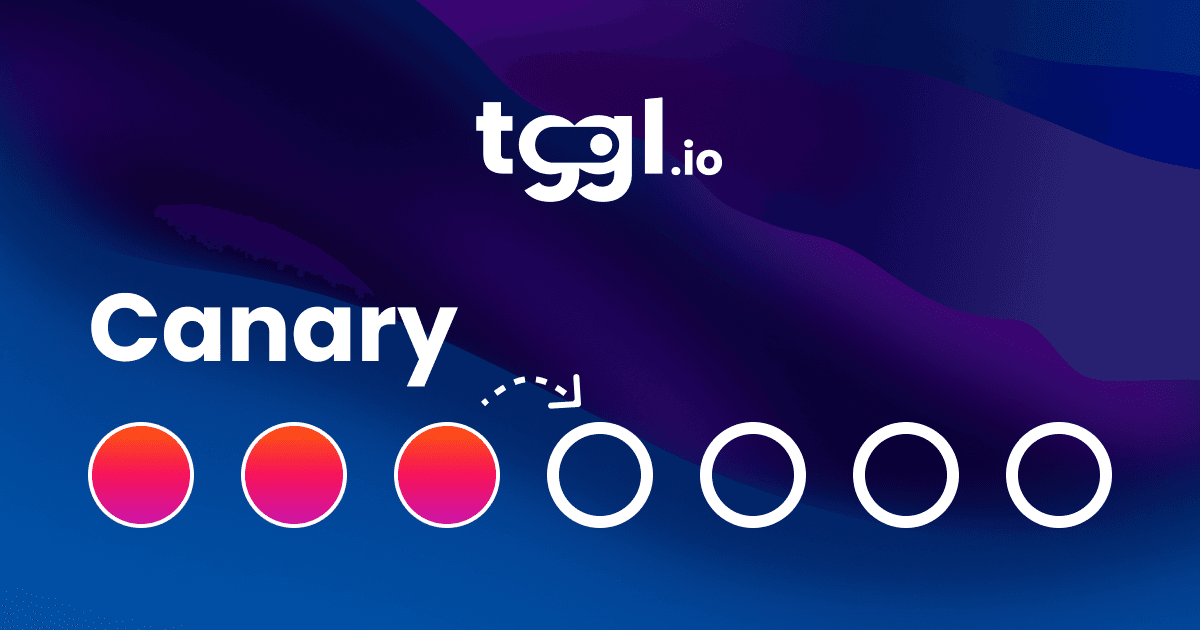
Canary deployment: improving your software development cycles
Enhancing software rollouts with canary deployment: A guide to controlled, low-risk releases in Agile development
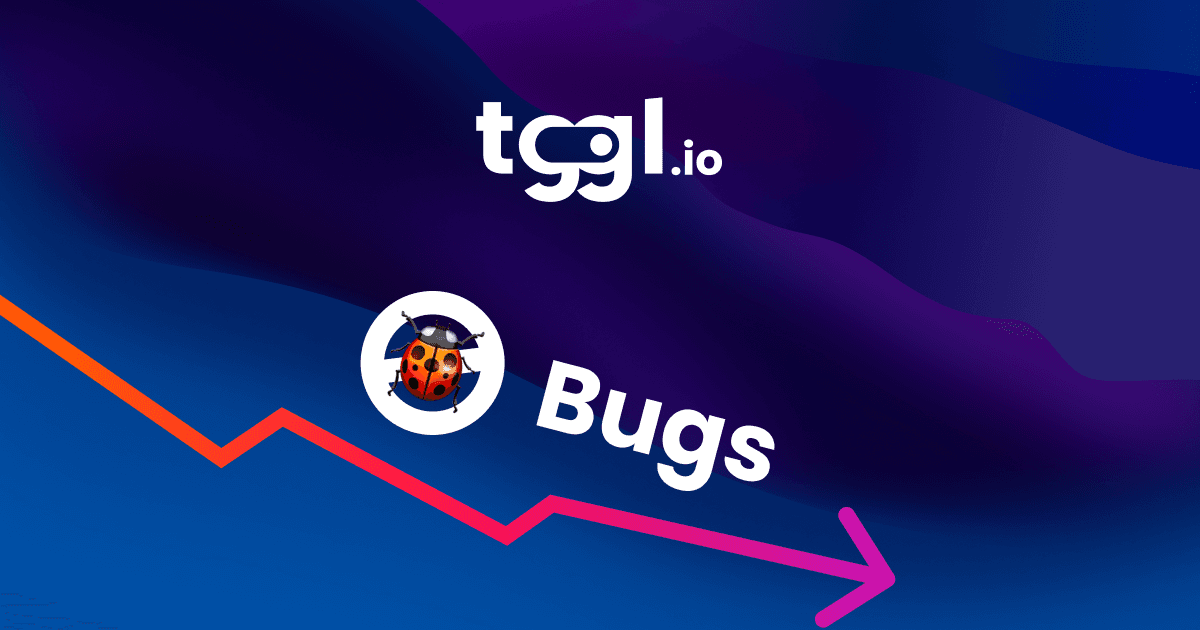
5 tools to drastically reduce bugs in production
Discover six essential best practices for using feature flags effectively in 2025. Learn how Tggl’s tools, from technical debt management to approval workflows, help teams stay organized and in control.
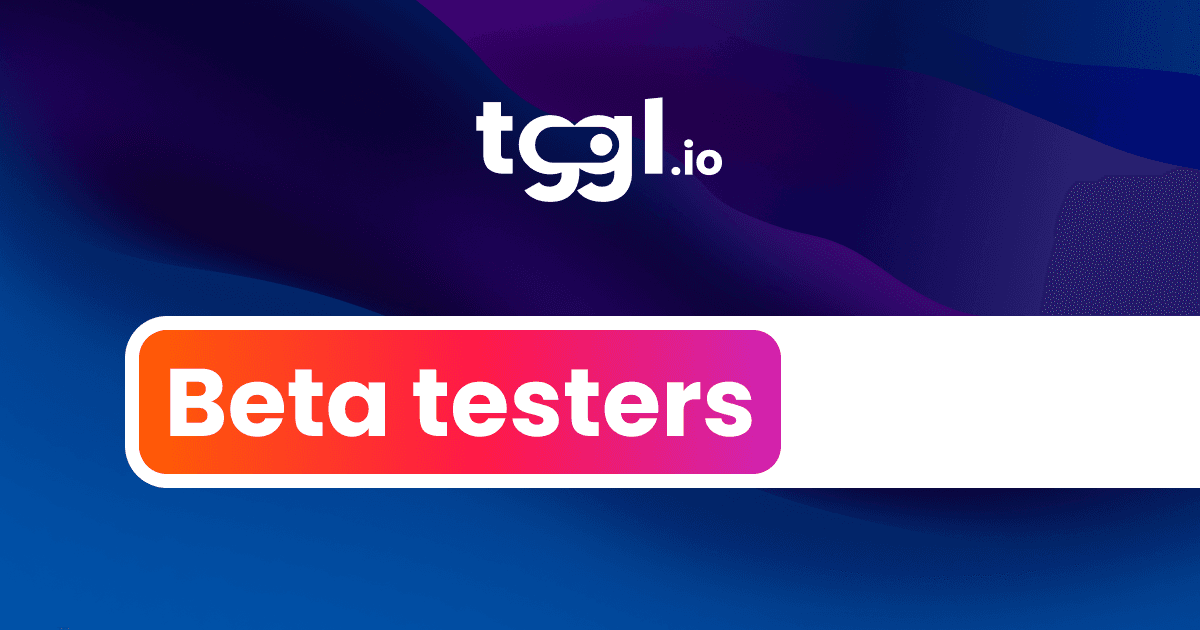
The power of testing in production
Mastering production testing for bug-free software releases: Strategies and tools for effective in-production testing
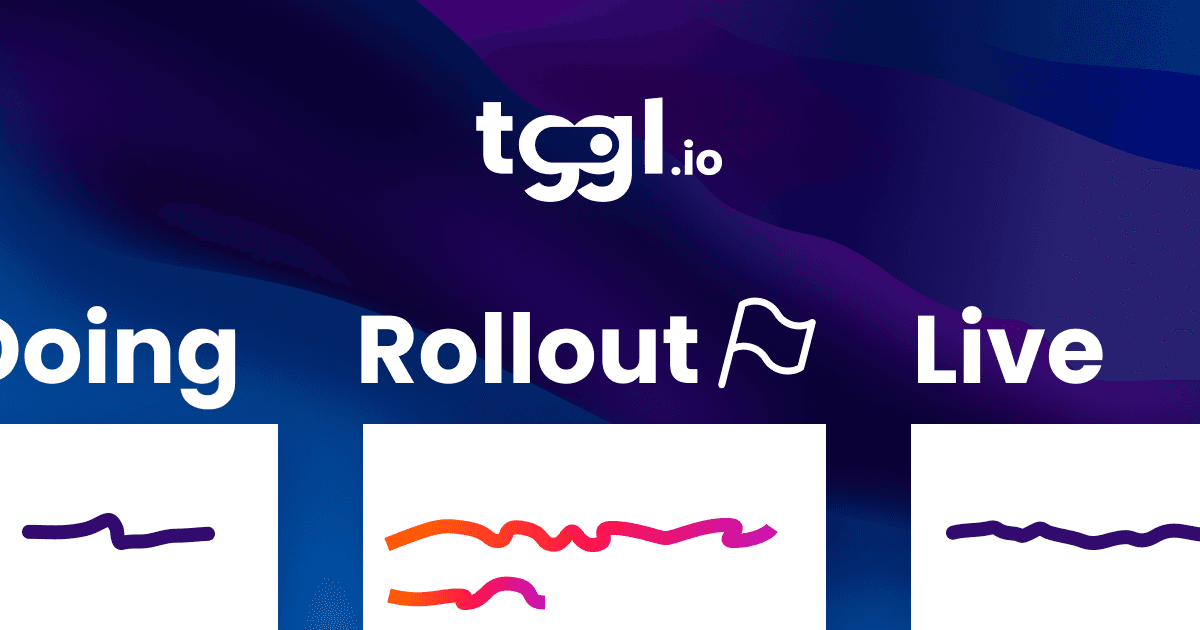
Implementing feature-flags in your agile development workflow
Quick guide to integrating feature flags in agile workflows for faster, controlled feature rollouts using Tggl
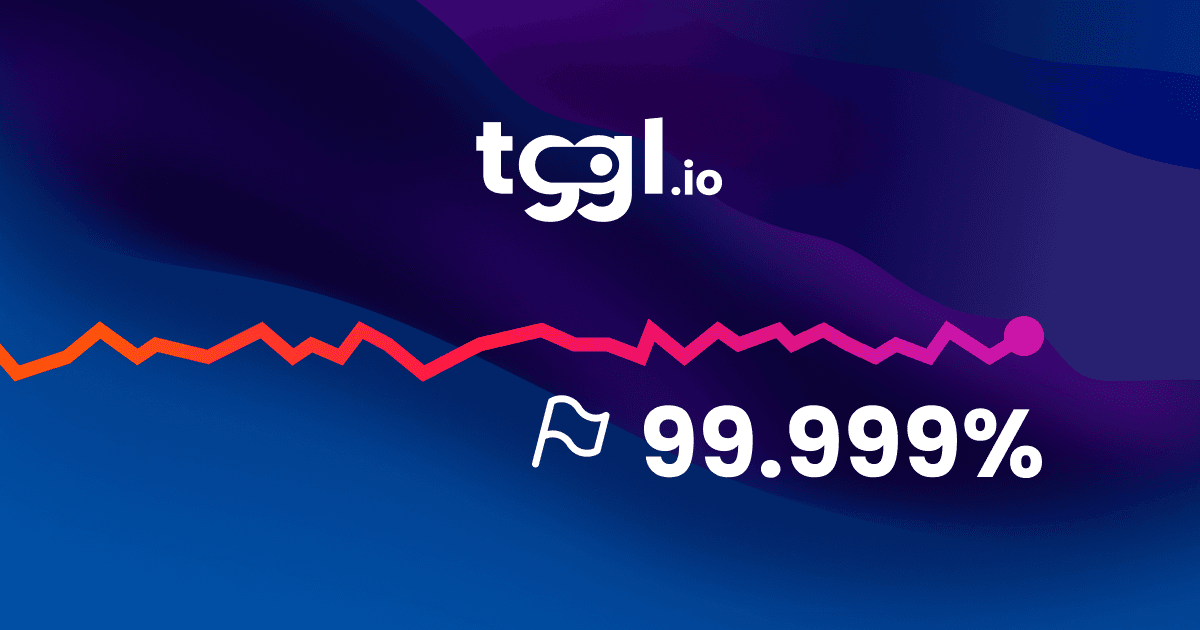
High availability with feature flags
Maximizing app reliability with feature flags: Embracing graceful degradation for high availability
Choosing the right toolOur comparison guides
Angular
Streamlines building dynamic UIs with efficient, component-based front-end development.
.NET
Microsoft's framework for building web, mobile, desktop, gaming, IoT, and AI applications, with C# as its primary language.
Express.js
A minimalist web application framework for Node.js, Express.js is flexible and unopinionated, ideal for building APIs and web apps.
Javascript
Powers both front-end and backend web development, known for its versatility and rich ecosystem.
NestJS
A progressive Node.js framework, NestJS leverages TypeScript to build efficient, reliable, and scalable server-side applications.
Next.js
Next.js is a popular React framework that enables server-side rendering and static site generation for fast and SEO-friendly web applications.
Node.js
Enables JavaScript in server-side development, known for fast, scalable network applications.
PHP
Essential for dynamic web and content management systems, offering ease of use and database flexibility.
Python
Ideal for scalable, robust backend applications with its clear syntax and powerful libraries.
React Native
Leveraging JavaScript, React Native enables building cross-platform mobile apps with native-like performance and user experience.
React
Streamlines building dynamic UIs with efficient, component-based front-end development.
Ruby on Rails
A powerful web application framework, Ruby on Rails emphasizes convention over configuration, enabling rapid development.
Ruby
Known for its elegant syntax and productivity, particularly with the Rails framework, ideal for rapid web development.
Typescript
TypeScript adds strong typing to JavaScript, improving code robustness and maintainability.
Vue
Vue.js streamlines front-end development with reactive components for creating interactive UIs efficiently.